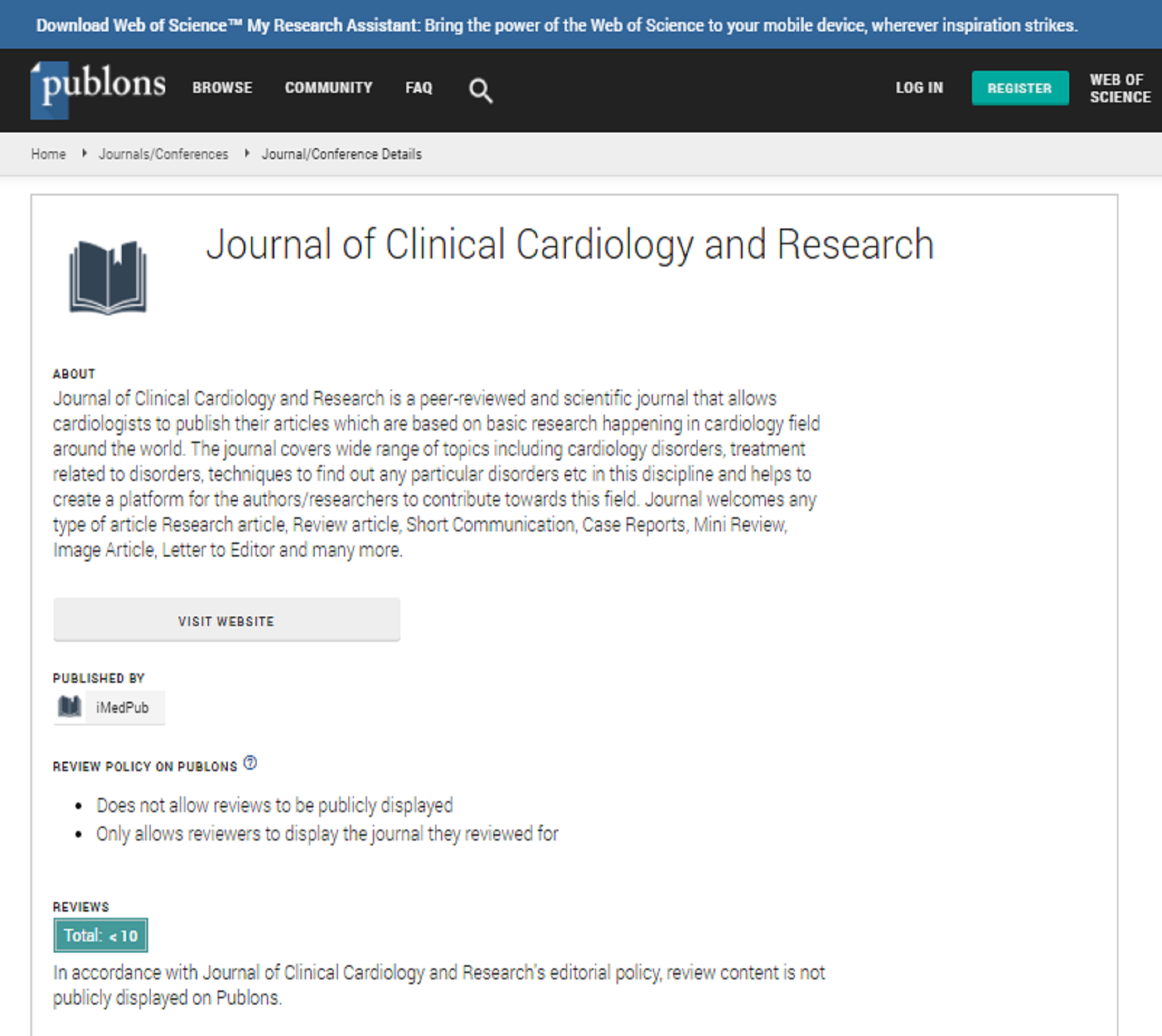Abstract
Orange juice, as a natural source of bioactive compounds, protects against cardio metabolic risks in overweight and Obese subjects
Previous studies have associated orange juice consumption with prevention of oxidative stress and systemic inflammation, which may improve insulin sensitivity and reduce the risk of diabetes and cardiovascular disease. These effects are attributed to the bioactive compounds in orange juice, such as flavonoids, carotenoids and vitamin C, which protect the body against oxidative stress and reduce serum lipid levels. Other studies have consistently shown that regular orange juice consumption reduces the serum levels of total cholesterol and LDL-cholesterol and improves the endothelial function, reducing the risk of atherosclerosis. We have conducted several studies to evaluate the effect of regular orange juice consumption on the risk factors for metabolic syndrome and cardiovascular disease. In all these studies, the participants have consumed orange juice daily, for two to three months of period. Anthropometric, hemodynamic, biochemical, inflammatory and oxidative statuses were assessed at baseline and at the end of the intervention period. No changes in the patient’s body weight, percentage of fat mass, and waist circumference was shown after the regular consumption of orange juice, suggesting that orange juice did not contribute to weight or fat mass gain. In fact, the consumption of orange juice improved the diet quality by adding important nutrients as folate, vitamin C, and calcium Also, it has showed that orange juice significantly reduced blood cholesterol levels, LDL-C, insulin, HOMA-IR, C-reactive protein, blood pressure and, increased serum antioxidant activity by more than a 100 percent. On another transversal study, we also verified that long term orange juice consumption (one year) was associated with low LDL-C and Apo lipoprotein B in normal and moderately hyper- cholesterol emic subjects. In conclusion, our studies showed that orange juice consumption promoted lipid-lowering, anti-inflammatory and antioxidant activities, which contribute to the prevention of the oxidative stress and the risk factors for diabetes and cardiovascular diseases
Seven healthy females and six males consumed daily 256 mg of vitamin C, 271 mg of flavanones (mainly as glycosides), 6 mg of carotenoids (mainly xanthophylls and cryptoxanthins), and 0.16 mg of folate by incorporation of daily three times 236 mL of not from concentrate orange juice (OJ) into their habitual diet. At the end of 3 weeks, mean vitamin C, folate, carotenoid, and flavone plasma concentrations increased significantly relative to baseline by 59% (p < 0.001), 46% (p = 0.018), and 22% (p < 0.001), and 8-fold (p = 0.045), respectively. Flavanones were excreted in urine 9-fold more at the end of the intervention (p = 0.01) but returned to baseline 2 days after study completion. After the 3 week intervention, plasma concentrations of vitamins A and E did not change. 8-Hydroxydeoxyguanosine in white blood cells declined by 16% (p = 0.38; n = 11), and in individuals with high baseline concentrations by 29% (p = 0.36; n = 7), respectively. Low-density lipoprotein (LDL)-/high-density lipoprotein (HDL)-cholesterol ratios decreased but cholesterol (HDL, LDL, total) and thiobarbituric acid reactive substance plasma concentrations did not change significantly. We conclude from this pilot study that OJ is an excellent food source to enhance circulating concentrations of valuable hydrophilic as well as lipophilic phytochemicals.
Memoir:
Thais Cesar is an Associate Professor of Nutrition, Faculty of Pharmaceutical Sciences, Sao Paulo State University (UNESP), Brazil. She has a BSC in Biology and PhD in Food Science and Nutrition, University of Sao Paulo, Brazil. She did her Post-doctoral at the Boston University and at the Citrus and Subtropical Products
Research Laboratory, ARS-USDA. Her scientific focus is investigating the nutritional and metabolic properties of citrus fruits in clinical studies and animal models, Regarding to the effect of its bioactive compounds as a protection factor against the development of chronic diseases
Author(s): Thais Cesar
Abstract | PDF
Share This Article
Google Scholar citation report
Journal of Clinical Cardiology and Research peer review process verified at publons
Abstracted/Indexed in
- Google Scholar
- Publons
Open Access Journals
- Aquaculture & Veterinary Science
- Chemistry & Chemical Sciences
- Clinical Sciences
- Engineering
- General Science
- Genetics & Molecular Biology
- Health Care & Nursing
- Immunology & Microbiology
- Materials Science
- Mathematics & Physics
- Medical Sciences
- Neurology & Psychiatry
- Oncology & Cancer Science
- Pharmaceutical Sciences

